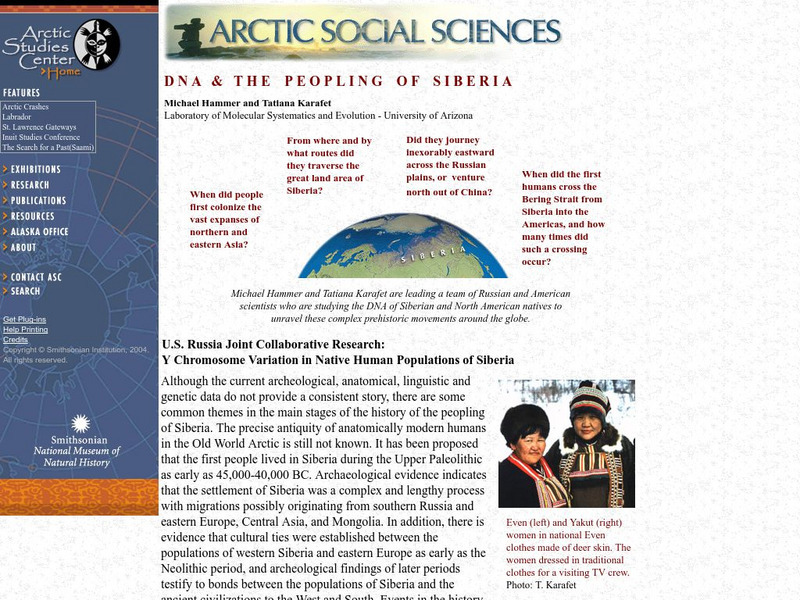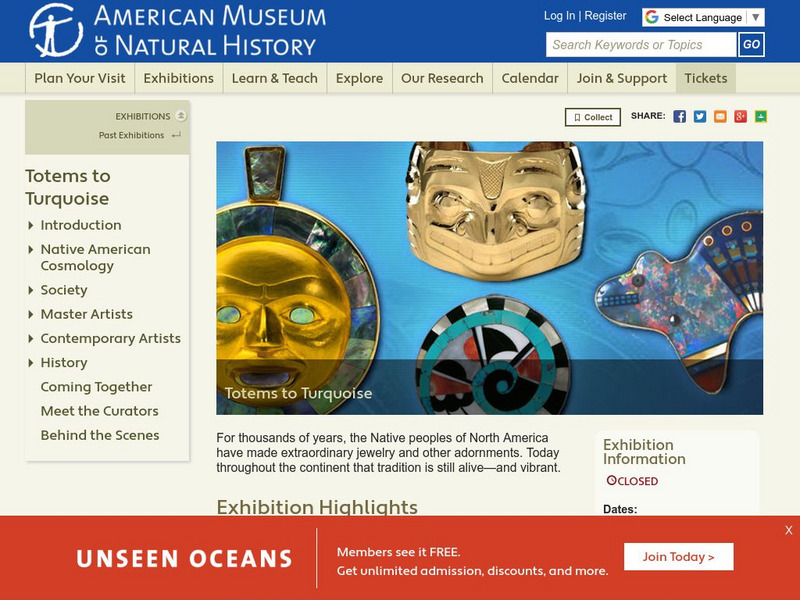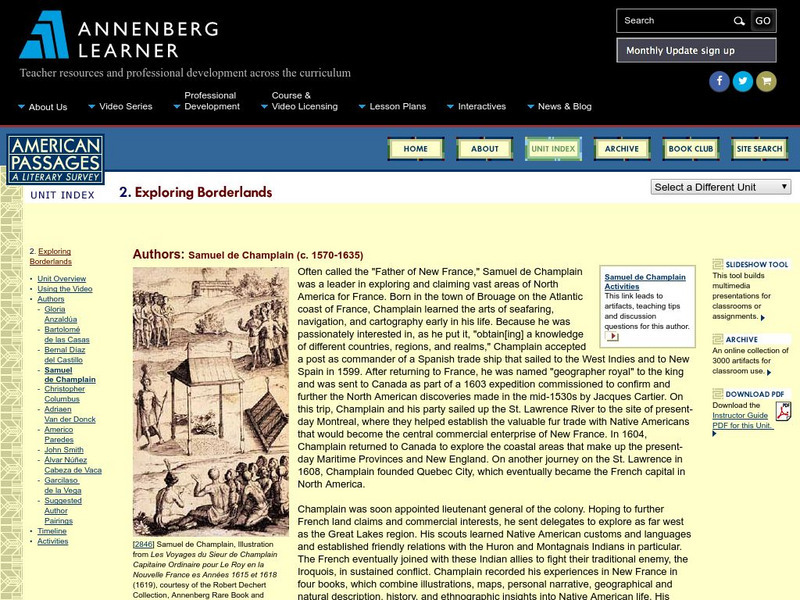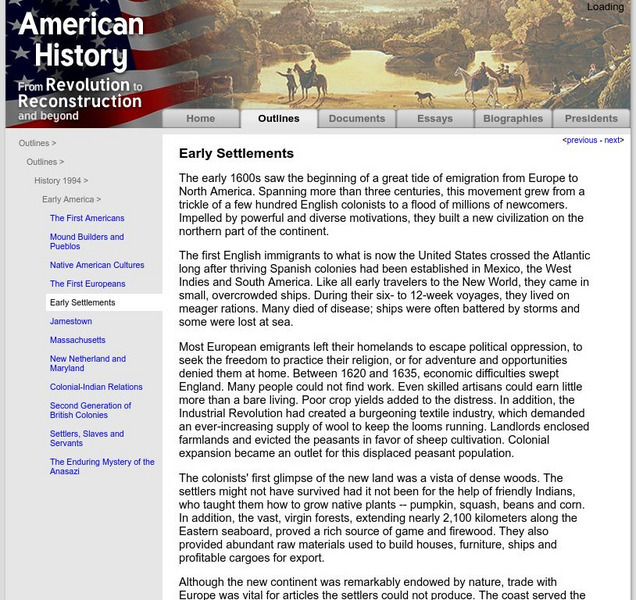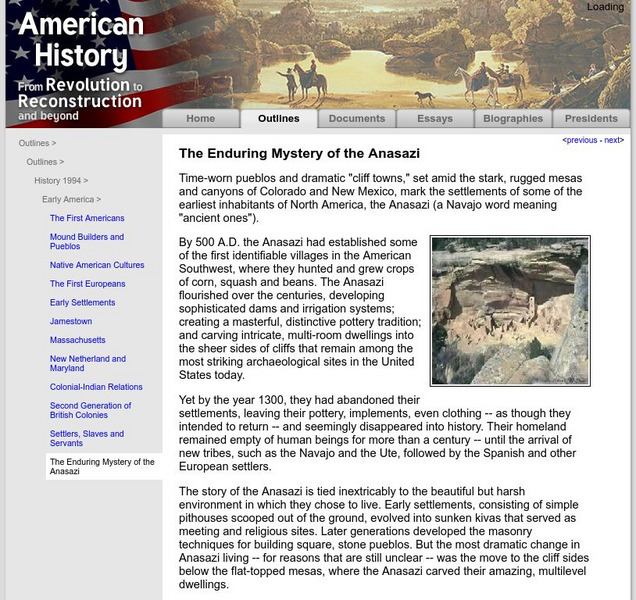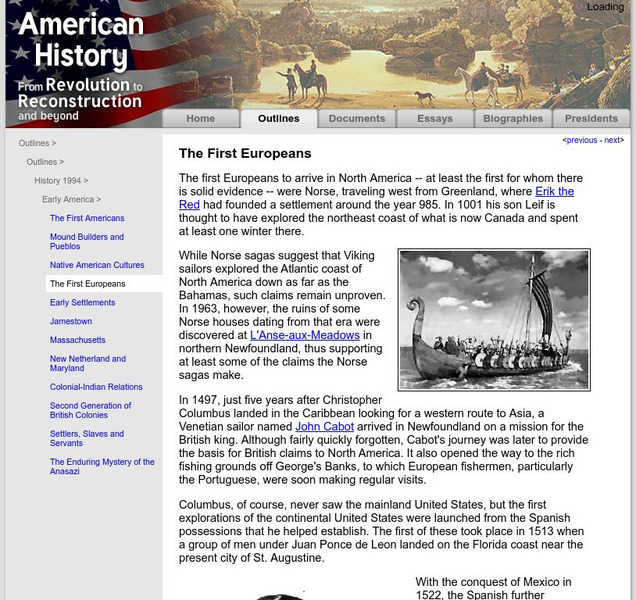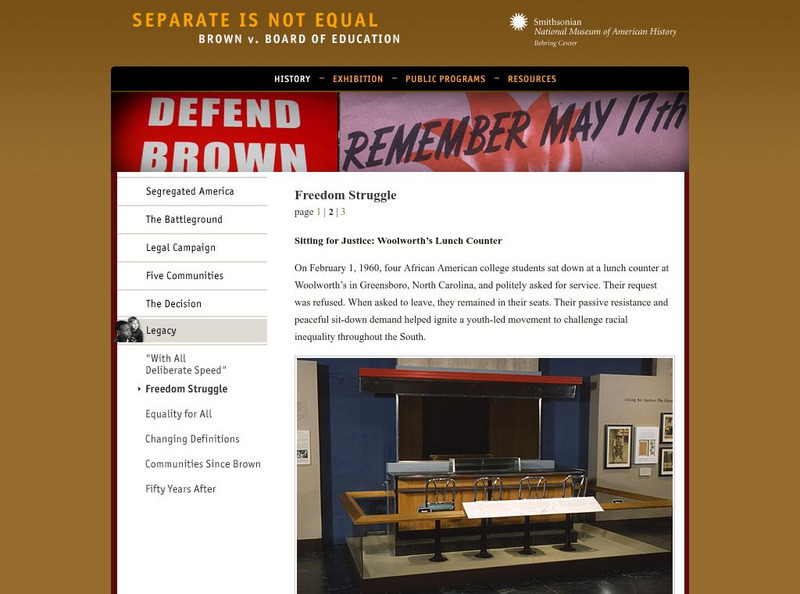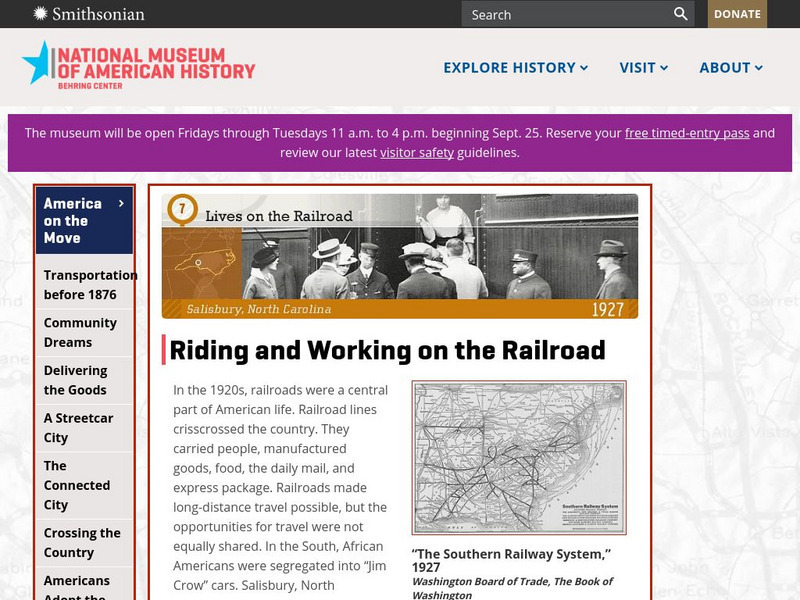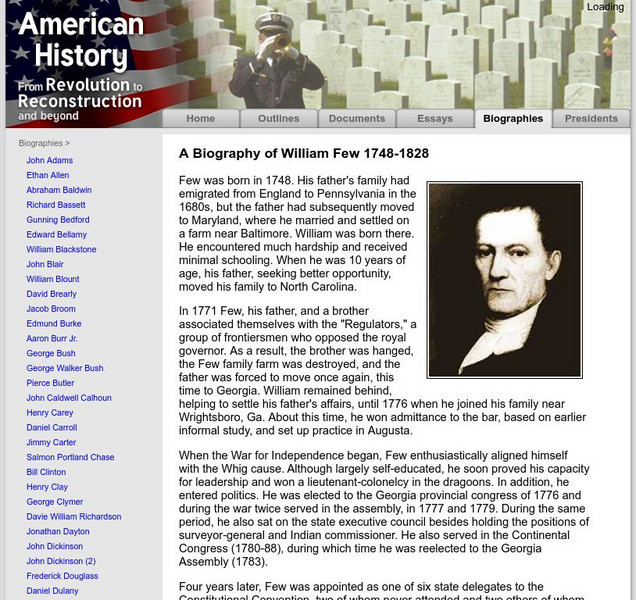Smithsonian Institution
National Museum of Natural History: Arctic Science: Dna and the Peopling of Siberia
Scientists from the University of Arizona are conducting Y chromosome research on native Siberians to try to determine whether there is a genetic affinity to North American native people. The rationale and direction of this research are...
Smithsonian Institution
National Museum of Natural History: The Hall of Arctic People
This is the online version of the Smithsonian Institute's exhibit devoted to the people of the Siberian and North American Arctic. The mannequins around the walls represent the peoples of the Crossroads region, dressed in traditional...
American Museum of Natural History
American Museum of Natural History: Totems to Turquoise: Native American Jewelry
Through this resource, the user can learn about the hand-crafted jewelry of Native North Americans of the Northwest and Southwest and how it embodies both the personal and collective identity of the maker and the wearer.
Other
The Museum of the Southeast American Indian
The University of North Carolina museum's site offers articles, videos, artwork, crafts, music, and histories of Native Americans.
Annenberg Foundation
Annenberg Learner: American Passages: Exploring Borderlands: Samuel De Champlain
This passage highlights passionate French explorer, Samuel de Champlain, in his conquest for new lands in present day Canada and his establishment of France's North American capital of Quebec. Click the "Samuel de Champlain Activities"...
University of Groningen
American History: Biographies: Lord North (1713 1792)
Lord North was Prime Minister of Great Britain from January, 1770 to March, 1782. His early successes as Leader of the House and his efforts to cut the national debt brought him the confidence of a faction-ridden Parliament and the favor...
University of Groningen
American History: Outlines: Early Settlements
The early 1600s saw the beginning of a great tide of emigration from Europe to North America. Spanning more than three centuries, this movement grew from a trickle of a few hundred English colonists to a flood of millions of newcomers....
University of Groningen
American History: Outlines: The Enduring Mystery of the Anasazi
Time-worn pueblos and dramatic "cliff towns," set amid the stark, rugged mesas and canyons of Colorado and New Mexico, mark the settlements of some of the earliest inhabitants of North America, the Anasazi (a Navajo word meaning "ancient...
University of Groningen
American History: Outlines: The First Europeans
The first Europeans to arrive in North America -- at least the first for whom there is solid evidence -- were Norse, traveling west from Greenland, where Erik the Red had founded a settlement around the year 985. In 1001 his son Leif is...
University of Groningen
American History: Outlines: Colonial Economy
Whatever early colonial prosperity there was resulted from trapping and trading in furs. In addition, the fishing industry was a primary source of wealth in Massachusetts. But throughout the colonies, people relied primarily on small...
University of Groningen
American History: Outlines: Southern Colonies
In contrast to New England and the middle colonies were the predominantly rural southern settlements: Virginia, Maryland, North and South Carolina, and Georgia.
University of Groningen
American History: Outlines: The French and Indian War
France and Britain engaged in a succession of wars in Europe and the Caribbean at several intervals in the 18th century. Though Britain secured certain advantages from them -- primarily in the sugar-rich islands of the Caribbean -- the...
Smithsonian Institution
National Museum of American History: Separate Is Not Equal: Sitting for Justice: Woolworth's Lunch Counter
Read a brief description of the sit-in at the Woolworth lunch counter in Greensboro, North Carolina. This sit-in, passive and non-violent resistance to segregation laws, lasted for six months.
Milwaukee College Prep
African American History: North and South, Slave and Free
An overview of the status and experiences of African Americans in the mid-1800s, both free and enslaved. Includes references to Frederick Douglass and his efforts to enlighten people about the discrimination and prejudice faced by...
Ducksters
Ducksters: Geography for Kids: North American
Learn about North American countries and geography. The flags, maps, exports, natural resources, and languages of North American are found on this website.
Smithsonian Institution
National Museum of American History: Lives on the Railroad: Salisbury, North Carolina 1927
Replica of the Salisbury, North Carolina railway station teaches about riding and working on the railroad in the 1920s when railroads were a central part of American life. Railroad lines crisscrossed the country. They carried people,...
World Atlas
World Atlas: North America
Features maps and a description of the geography and history of North America with links to information on its countries, famous people, flags, symbols, and much more.
University of Groningen
American History: Biographies: William Blount 1749 1800
William Blount was the great-grandson of Thomas Blount, who came from England to Virginia soon after 1660 and settled on a North Carolina plantation. William, the eldest in a large family, was born in 1749 while his mother was visiting...
University of Groningen
American History: Biographies: William Richardson Davie 1756 1820
One of the eight delegates born outside of the thirteen colonies, Davie was born in Egremont, Cumberlandshire, England, on June 20, 1756. In 1763 Archibald Davie brought his son William to Waxhaw, SC, where the boy's maternal uncle,...
University of Groningen
American History: Biographies: Richard Dobbs Spaight, Sr. 1758 1802
Spaight was born at New Bern, NC of distinquished English-Irish parentage in 1758. When he was orphaned at 8 years of age, his guardians sent him to Ireland, where he obtained an excellent education. He apparently graduated from...
University of Groningen
American History: Biographies: Henry Carey 1793 1879
Henry Carey was the eldest son of Mathew Carey, an Irish freedom fighter who was recruited to the intelligence networks established by Benjamin Franklin, and sent to Philadelphia to run what was then the largest printing operation in...
University of Groningen
American History: Biographies: George Read 1733 1798
Read's mother was the daughter of a Welsh planter, and his Dublin-born father a landholder of means. Soon after George's birth in 1733 near the village of North East in Cecil County, MD, his family moved to New Castle, DE, where the...
University of Groningen
American History: Biographies: William Few 1748 1828
Few was born in 1748. His father's family had emigrated from England to Pennsylvania in the 1680s, but the father had subsequently moved to Maryland, where he married and settled on a farm near Baltimore. William was born there. He...
Smithsonian Institution
National Museum of American History: Jamestown, Quebec, Santa Fe: Three North American Beginnings
Explore the origins of Canada and the United States as Jamestown, Quebec, and Santa Fe celebrate their 400th anniversary.


